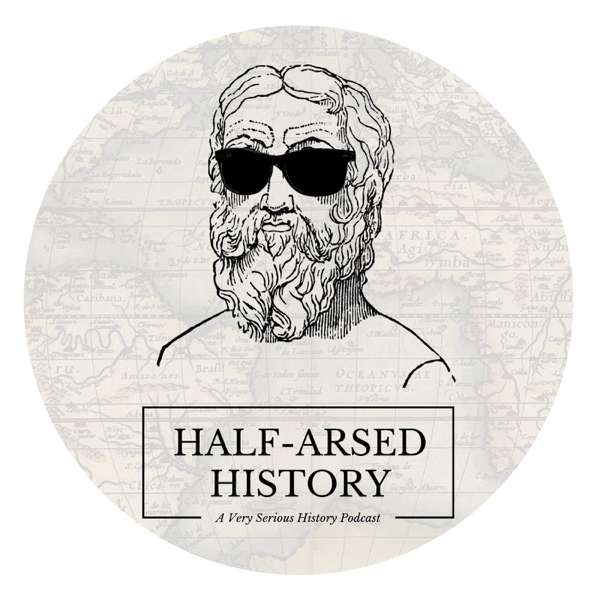America was growing rapidly in the 1810s, and growth meant building. Buildings of all kinds, from churches, markets and houses to banks and government offices, were sprouting up everywhere. Only a tiny fraction of the many buildings constructed between 1810 and 1820 still survive today, and the loss of the majority—through demolition, development, decay, accident, neglect, or deliberate destruction—represents a staggering loss of architectural heritage and history. Though many buildings have been lost, traces of some remain, through photographs, drawings, eyewitness accounts, memories, and, in a few lucky cases, some physical artifacts. These traces tell tantalizing and compelling stories of what the built environment of the Second Decade was like, and, by extension, glimpses of the lives of the people who lived and worked within it.
In this unique, stand-alone episode of Second Decade, historian Sean Munger will profile 9 specific buildings, constructed between 1808 and 1820 and which no longer exist, that represent a piece of the architectural heritage of the decade. You’ll visit Federal-style mansions in Rhode Island, an Ohio courthouse built to try to lure politicians to a frontier boomtown, a market and exhibition hall at the center of Boston, more than one Southern plantation built by slave labor, a farmhouse that remained frozen in time for nearly two centuries, and several others. The stories of these buildings, the people who built them and why they were lost represent only a small portion of the enormous wealth of historical and architectural heritage of America that is now gone forever.
Sean’s Patreon
Make a PayPal Donation
Additional Materials About This Episode
Learn more about your ad choices. Visit podcastchoices.com/adchoices

 Our TOPPODCAST Picks
Our TOPPODCAST Picks  Stay Connected
Stay Connected







